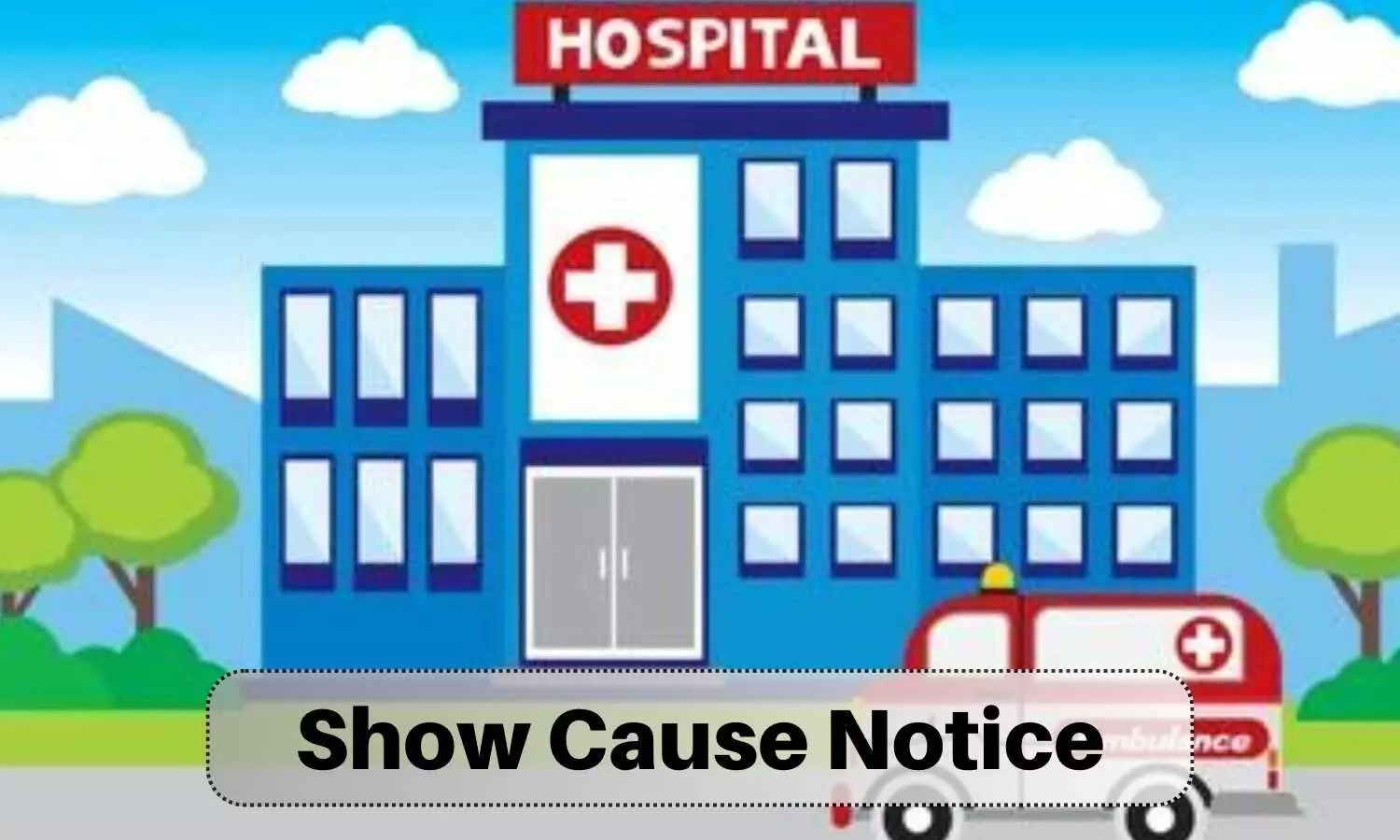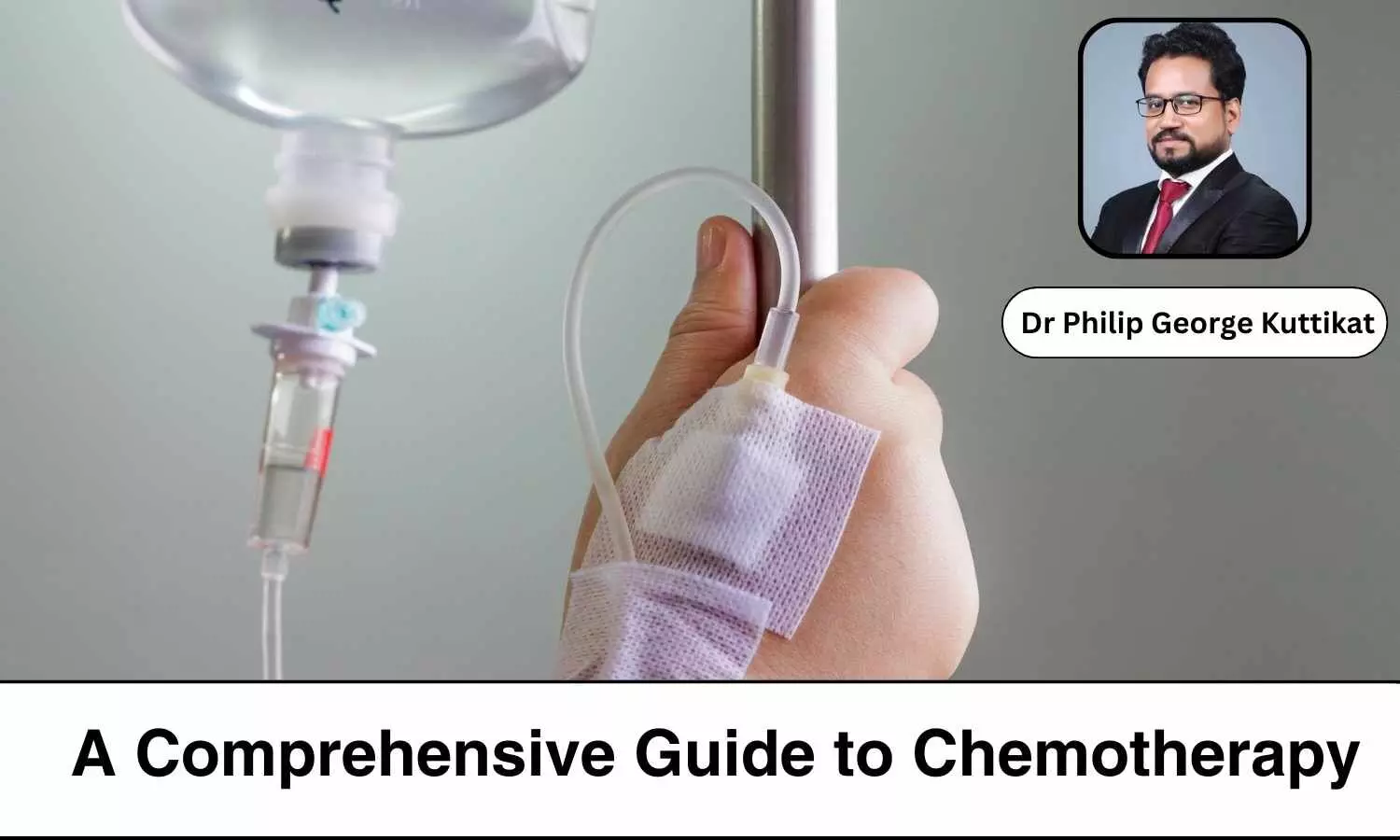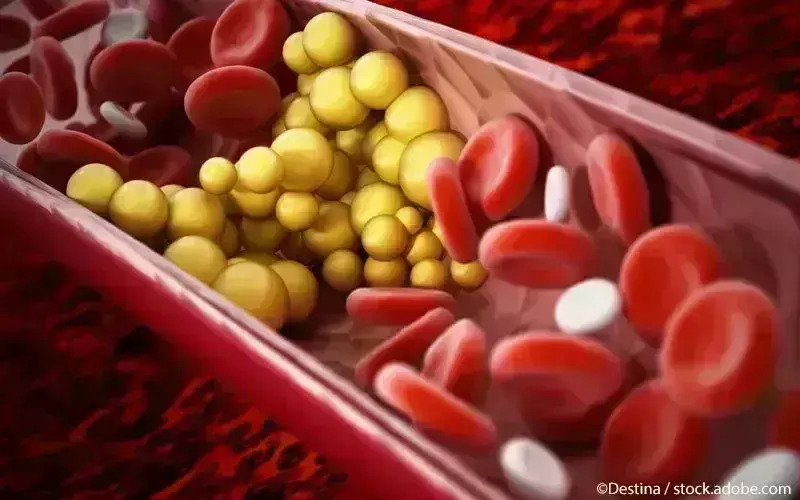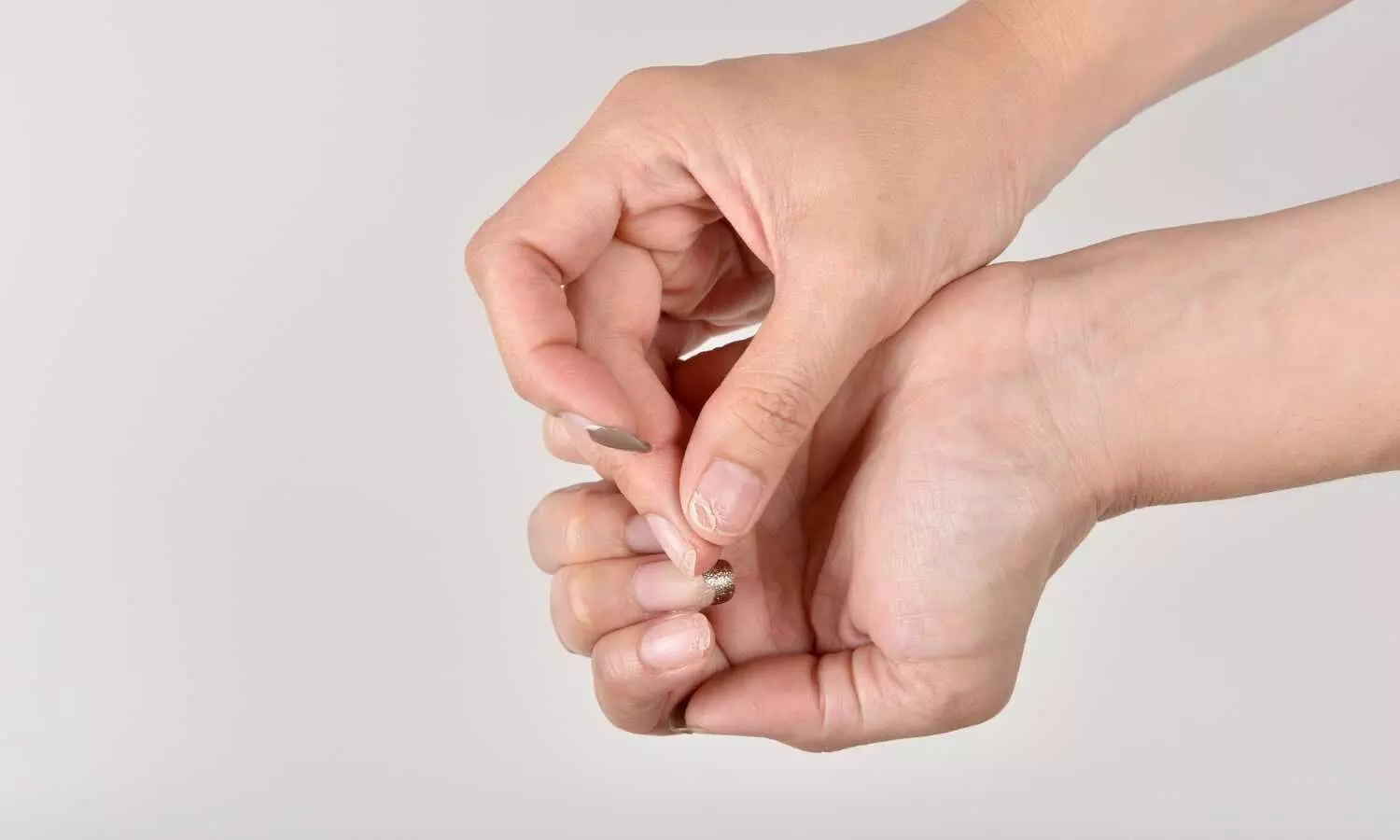Eligibility for lung cancer screening up with 2021 USPSTF recommendations
Powered by WPeMatico
Powered by WPeMatico
Powered by WPeMatico
Powered by WPeMatico
Powered by WPeMatico

Ludhiana: In violation of the Pre-Conception and Pre-Natal Diagnostic Techniques (PC-PNDT) Act 1994, the state health department suspended the licences of three ultrasound centres and issued show-cause notices to two such centres.
The action was taken following an inspection that revealed numerous irregularities and illegal activities in the hospitals/centres. Dr Jasbir Singh Aulakh, the civil surgeon of Ludhiana who carried out the inspections last week, discovered that the centres violated the PC-PNDT Act 1994. Consequently, stringent measures were implemented to uphold the enforcement of the PC-PNDT Act.
These three health centres/hospitals located at Jagraon, Raikot and Maachiwara came under the scanner of the health department which inspected around 15 ultrasound centres in Samrala, Maachiwara, Jagraon and Raikot on March 18 and 19 under the leadership of Hatur Senior Medical Officer Dr Varun Saggar and Sahnewal SMO Dr Ramesh.
Although ultrasound machines were seized and the licenses have been suspended at these three facilities, the health department also issued a show cause notice to two such centres in Jagraon and Machiwara asking them to submit a response in three days.
Also read- Illegal Sex Determination Racket Busted In Gujarat, Doctor Arrested
On March 18, Dr Jasbir inspected a facility at Jagraon and found that it was running with a licence for echocardiography only, the scanner was used for pelvic scans. Moreover, the records of the patients who got tested at this facility were not found on OPD records. As a result, the authorities suspended the licence of the hospital and sealed the ultrasound sonography machine until further notice under Section 20(3) of the PC-PNDT Act. The centre received a show-cause notice and was given a three-day deadline to respond.
On March 19, a second hospital in Raikot was inspected where it was found that the facility failed to maintain a proper record of patients under the Act. The form F, which includes patient details, the indication of the test, the patient’s declaration of not wanting to know the sex of the fetus, and the doctor’s declaration of not determining/conveying the sex of the fetus, was not filled out. Additionally, the ultrasound machine in this facility was sealed under Section 20(3) of the Act.
In another hospital in Machhiwara, Dr Jasbir found that the facility was involved in shady practices as some forms were found cancelled at that time. Therefore, the authorities issued a show cause notice to this facility and asked them to submit a response within two days, HT reports.
It was discovered that the in-charge doctor was out of the country without informing the medical authority concerned. The keys to the centre were with the staff. The machines were sealed and the licence was cancelled under Section 17(4) of the Act.
Also read- Haryana Doctor, Repeat Offender Under PNDT Act Absconding After Another Raid
Powered by WPeMatico

Chemotherapy is a cornerstone in the battle against cancer, serving as a vital treatment modality. This multifaceted strategy employs potent drugs to target and eradicate rapidly dividing cancer cells throughout the body. Despite its demanding nature, chemotherapy significantly contributes to managing various cancer types and enhancing patients’ survival rates.
Additionally, considerations like age, overall health, and existing medical conditions play pivotal roles in determining the appropriate chemotherapy regimen. Combination chemotherapy, utilizing multiple drugs, is often utilized to enhance effectiveness and mitigate drug resistance risks.
Side Effects
Chemotherapy-induced side effects, though well-documented, can pose significant challenges for patients. Common adverse effects include fatigue, nausea, hair loss, and weakened immunity. Typically, these effects are transient and resolve following treatment completion.
Many patients may require injections to boost blood counts and oral antimicrobial medications to manage immune suppression.
Combination Therapies
In certain cases, chemotherapy is combined with other treatment modalities, such as surgery or radiation therapy.
This integrated approach, known as multimodal or combination therapy, aims to maximize treatment efficacy by addressing cancer from multiple angles. The synergy between these treatments often leads to improved outcomes for specific cancers.
Role of Chemotherapy in Different Cancer Stages
1. Early Stage (Stages 0 to II)
2. Locally Advanced Stage (Stage III)
3. Metastatic or Advanced Stage (Stage IV)
4. Recurrent or Resistant Disease
Despite its demands, chemotherapy embodies the resilience of individuals battling cancer. It’s a journey marked by endurance, triumphs, and moments of resilience that deserve acknowledgement.
On World Cancer Day, observed on February 4th, let’s extend a powerful message of hope, strength, and solidarity to all those navigating the challenging path of chemotherapy.
Disclaimer: The views expressed in this article are of the author and not of Medical Dialogues. The Editorial/Content team of Medical Dialogues has not contributed to the writing/editing/packaging of this article.
Powered by WPeMatico

Bhubaneswar: In a remarkable display of quick thinking and medical expertise, Dr Ashok Kumar Badamali, senior consultant in Cardiac Anesthesia at Kalinga Institute of Medical Sciences (KIMS) Bhubaneswar, saved the life of a fellow passenger aboard Air India Express flight I5 764 enroute from New Delhi to Pune.
The incident, which unfolded in the early hours of the morning, began when the cabin crew, led by Mr. Saurav, made an urgent announcement requesting the assistance of any onboard paramedics or nursing personnel due to a medical emergency.
A middle-aged woman was found unresponsive in her seat, prompting immediate action. Dr Badamali, who was traveling to Pune for research activities, promptly responded to the call for help. The patient was moved to the floor of the aircraft to facilitate resuscitation efforts. Upon examination, Dr. Badamali found the patient to be unresponsive, and exhibiting agonal breathing, with an extremely fast carotid pulse. Utilizing his expertise in cardiac emergencies, he performed a carotid massage that proved to be life-saving.
Under Dr Badamali’s careful management, the patient was placed in the recovery position and remained stable until the flight successfully landed at Pune International Airport. This act of quick thinking and medical intervention highlights the critical importance of having medical professionals readily available and able to respond in flight emergencies.
Reflecting on the incident, Dr Badamali noted a few constraints in the current emergency response protocols aboard flights. He said that he will draft and send a Standard Operating Procedure (SOP) to the Aviation Ministry to enhance the management of such medical emergencies in the future, aiming to improve the safety and well-being of passengers.
The pilot of the flight, Mr. Rahul, along with crew members Mr. Saurav and Miss Puja, expressed their profound gratitude to Dr Badamali for his timely and decisive action. They assured him that an incident report would be submitted to the concerned authorities to document the event and the effective response.
Powered by WPeMatico

Puducherry- The Jawaharlal Institute of Postgraduate Medical Education and Research (JIPMER), Puducherry, has issued a circular inviting online applications for submitting proposals at the 3rd Institutional Ethics Committee (IEC) Interventional Studies meeting for the April 2024 session.
Faculty, PhD scholars, postgraduate and undergraduate students are requested to submit research proposals which JSAC, PGRMC, SCTRC and GJ-Strauss have approved. These proposals must undergo approval by the Institutional Ethics Committee- Interventional studies. The proposals should be submitted in the specified format available on the website.
The last date for submission of proposals to reach the office of the undersigned for consideration of approval by the Institutional Ethics Committee- Interventional Studies for April 2024 is on or before Saturday, March 30, 2024. The proposals submitted before the deadline will be taken up for discussion in the IEC Interventional Committee meeting, which is tentatively scheduled to be held in the second week of April 2024.
Candidates are requested to submit a hard copy of the following documents to the Member-Secretary of the Institutional Ethics Committee – Interventional Studies at the Institutional Ethics Committee (IEC) Office, 1st Floor, Administrative Block, JIPMER:
a) Covering letter (Forwarded by Guide & HoD).
b) JSAC, UGRMC, PGRMC certificate.
c) GCP certificate of student & guide.
d) Original signed research proposal (JSAC ver. August 2020) / PGRMC proposal dated 15.11.2020).
e) Printout of the online IEC application.
f) Signed Original Declaration form.
g) Informed Consent Documents (PIS, Consent forms, Assent forms etc.).
h) Data collection proformas, questionnaires etc.
i) CV of PI / Co-PI (s) / Guide& Co-Guide (s).
j) Any other documents.
It is directed that the Principal Investigators (PI)/student should attach the documents in the order given above i.e. A to J.
As per the notice, it states “The Principal Investigators are required to send the soft copies (in one pdf file) of the entire set of the hard copies mentioned in point no. 3 and Part-A General Information of the proposal in a Word document to mail ID with the subject: “Submission of proposal to Third Institutional Ethics Committee Interventional Studies Meeting for the month of April 2024“.
To view the official notice, click the link below
Powered by WPeMatico

Researchers have announced a promising 36-week topline data from its phase 2 ALPACAR-360 study which evaluating the efficacy of zerlasiran in patients at high risk of atherosclerotic cardiovascular disease (ASCVD). Zerlasiran, Silence’s pioneering siRNA (short interfering RNA) therapy targets the reduction of lipoprotein(a) or Lp(a) as a critical genetic risk factor for cardiovascular diseases that affect a significant portion of the global population.
This comprehensive study included a total of 178 subjects with increased levels of lipoprotein(a), or Lp(a), a genetic factor known to contribute to cardiovascular disease in up to 20% of the global population. This double-blind, placebo-controlled phase 2 trial administered zerlasiran at doses of 300 mg every 16 or 24 weeks and 450 mg every 24 weeks to participants, who had a median baseline Lp(a) of approximately 215 nmol/L. Also, the study reported a median reduction in Lp(a) levels of 90% or greater at the 36-week mark when compared to the placebo group, with no new safety concerns emerging.
The ongoing 60-week study will further assess secondary endpoints of changes in Lp(a) levels from baseline to 48 and 60 weeks, along with potential impacts on other lipid profiles. These findings bolster the potential of zerlasiran as a transformative treatment for patients with high Lp(a) by addressing a significant unmet need in cardiovascular disease management.
The Head of Research and Development at Silence, Dr. Steven Romano, expressed enthusiasm about the phase 2 results marking their consistency with phase 1 outcomes and the competitive profile of zerlasiran for treating high Lp(a) levels. The company anticipates the release of further data from the ALPACAR-360 study in the coming months with the hopes to advance zerlasiran towards regulatory approval and commercial availability.
Silence Therapeutics stands at the forefront of RNA interference (RNAi) technolog and is constantly developing a new class of precision medicines aimed to silence genes implicated in various diseases. Its proprietary mRNAi GOLD™ platform facilitates the creation of siRNAs targeting disease-associated genes in the liver that offer a broad therapeutic potential. Along with zerlasiran, the pipeline includes divesiran for hematological conditions and ongoing collaborations with industry leaders like AstraZeneca and Hansoh Pharma. While the future of zerlasiran looks promising, Silence Therapeutics cautions the investors and stakeholders about forward-looking statements by illuminating the inherent risks and uncertainties in drug development and approval processes.
Source:
(N.d.-a). Silence-therapeutics.com. Retrieved March 22, 2024, from https://silence-therapeutics.com/investors/press-releases/press-releases-details/2024/Silence-Therapeutics-Announces-Positive-Topline-36-Week-Data-from-Ongoing-Phase-2-Study-of-Zerlasiran-in-Patients-with-High-Lipoproteina/default.aspx
Powered by WPeMatico

Nail dystrophies, whether congenital, traumatic, or acquired, can significantly impact the quality of life of affected individuals, particularly elderly patients. While periodic conservative treatments are common, they may not always provide satisfactory outcomes. In such cases, surgical intervention, such as total matricectomy with 88% phenol solution, emerges as an alternative method, especially for symptomatic patients.
In a recent study, a series of 48 surgeries were performed on 37 patients to evaluate the effectiveness of total matricectomy with 88% phenol solution for treating nail dystrophies. This study was published in the journal of Dermatologic Surgery by Matter A. and colleagues. Parameters such as pain evaluation, interference with shoes and gait, recurrences, and patients’ satisfaction with the procedure were assessed.
The key findings of the study were:
Before surgery, all patients reported some degree of pain or impairment in wearing shoes.
Following the procedure, remarkable cosmetic results were observed, with 95.11% of patients experiencing a dramatic improvement in discomfort.
No severe complications occurred during the 12-month follow-up period, indicating low rates of postoperative morbidity.
It’s important to note that this study was conducted at a single center and involved a limited number of patients, which may affect the generalizability of the findings.
Total matricectomy with 88% phenol solution emerges as an effective surgical method for treating symptomatic nail dystrophies. The procedure demonstrates high success rates, low rates of postoperative morbidity, and high patient satisfaction with cosmetic outcomes. Importantly, it is deemed safe even for patients with associated comorbidities.
Reference:
Matter, A., Di Chiacchio, N. G., Iorizzo, M., & Di Chiacchio, N. (2024). Total chemical matricectomy with 88% phenol: A prospective case series of 37 patients. Dermatologic Surgery, 10.1097/DSS.0000000000004134. https://doi.org/10.1097/dss.0000000000004134
Powered by WPeMatico
